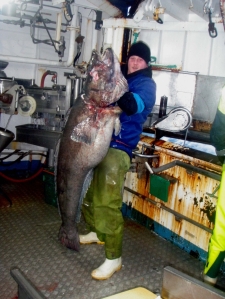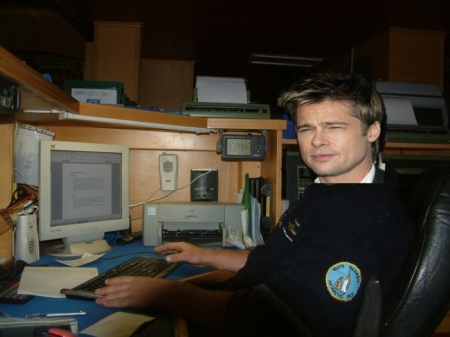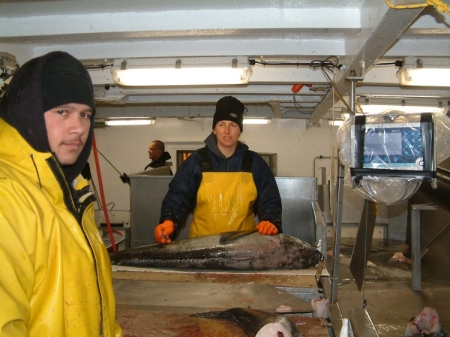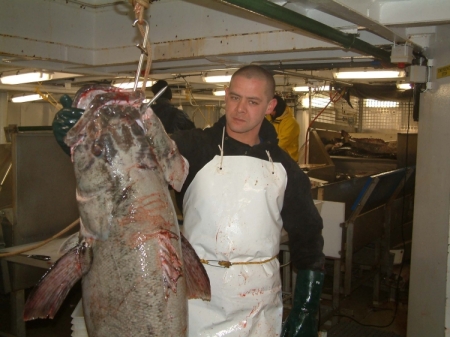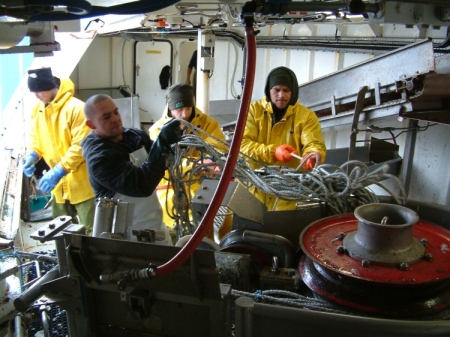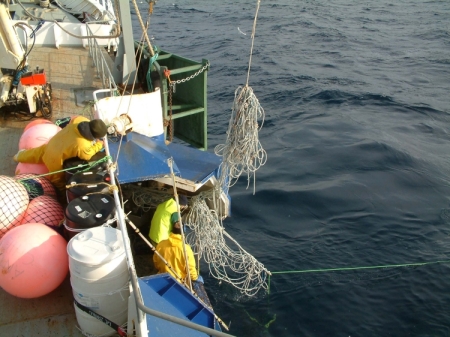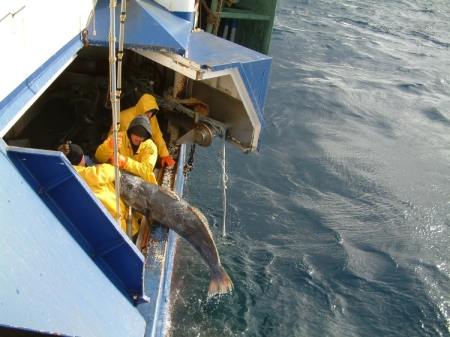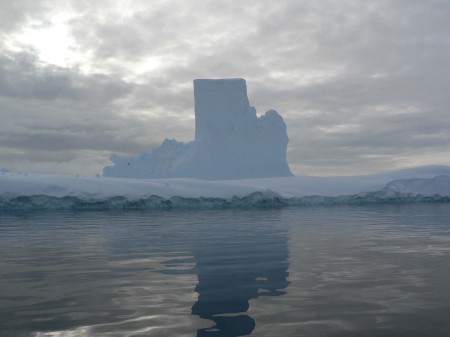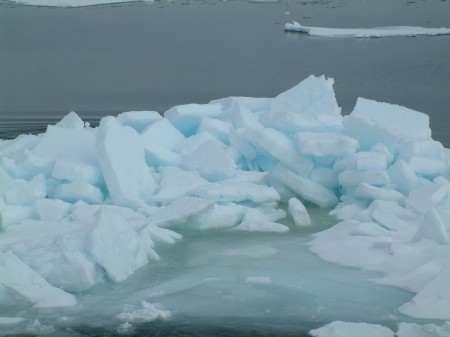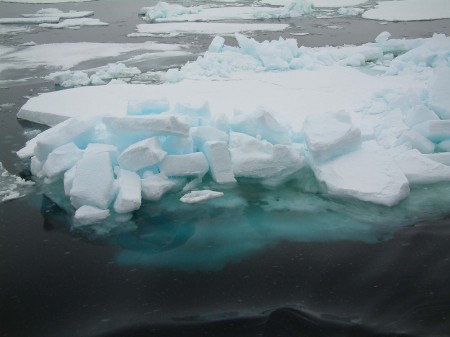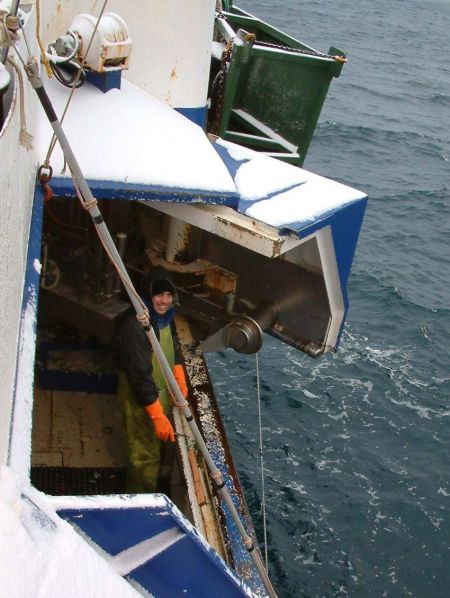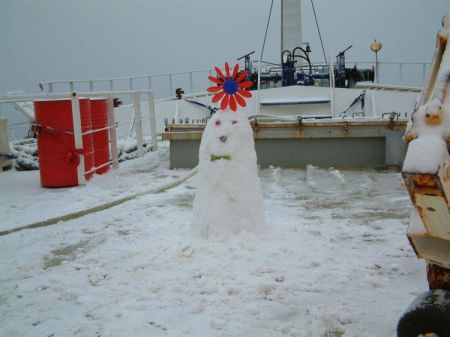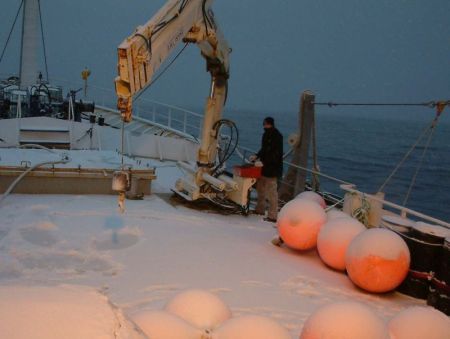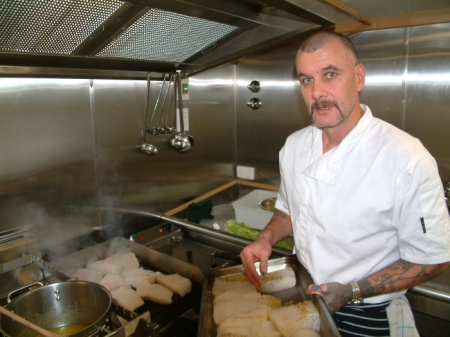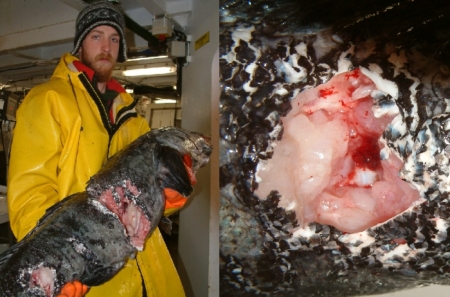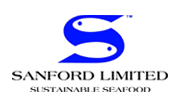Another challenging moment (there have been a few during the last 8 days). This time a large ice floe had drifted across our floats and was threatening to drag them out of position and probably causing another tangle.
 Some slick maneuvering with the bow thruster by yours truly and Sandy on the frwd deck with the throwing grapnel we managed to pull the floats clear and haul the line.
Some slick maneuvering with the bow thruster by yours truly and Sandy on the frwd deck with the throwing grapnel we managed to pull the floats clear and haul the line.
Fishing has been very good lately, better than last season, and probably one of the best starts we’ve had for the Ross Sea Toothfish season strengthening the knowledge that this is a sustainable fishery.
As predicted for this time of year the ice is thawing quite fast now and we anticipate heading south through the maze of leads and rotting ice floes to gain access into the Ross Sea within the next 2 weeks. It’s usually around Christmas day we start heading south and this season appears much the same as others with the massive ice thawing process.
Rgds: John B.
